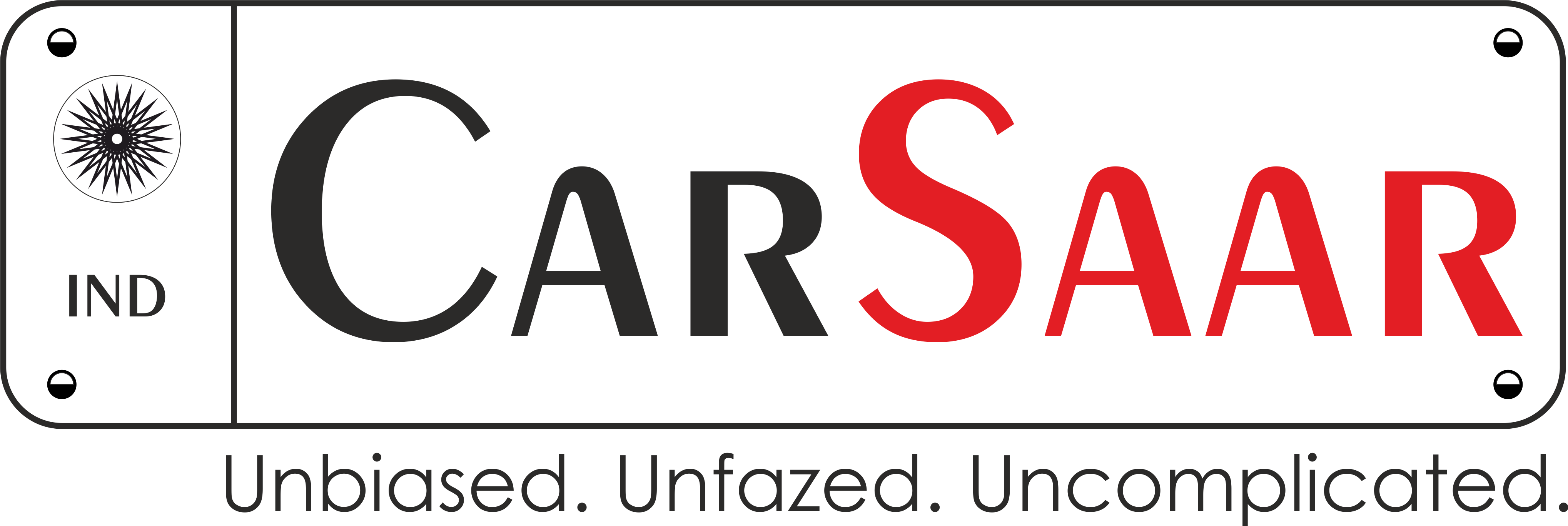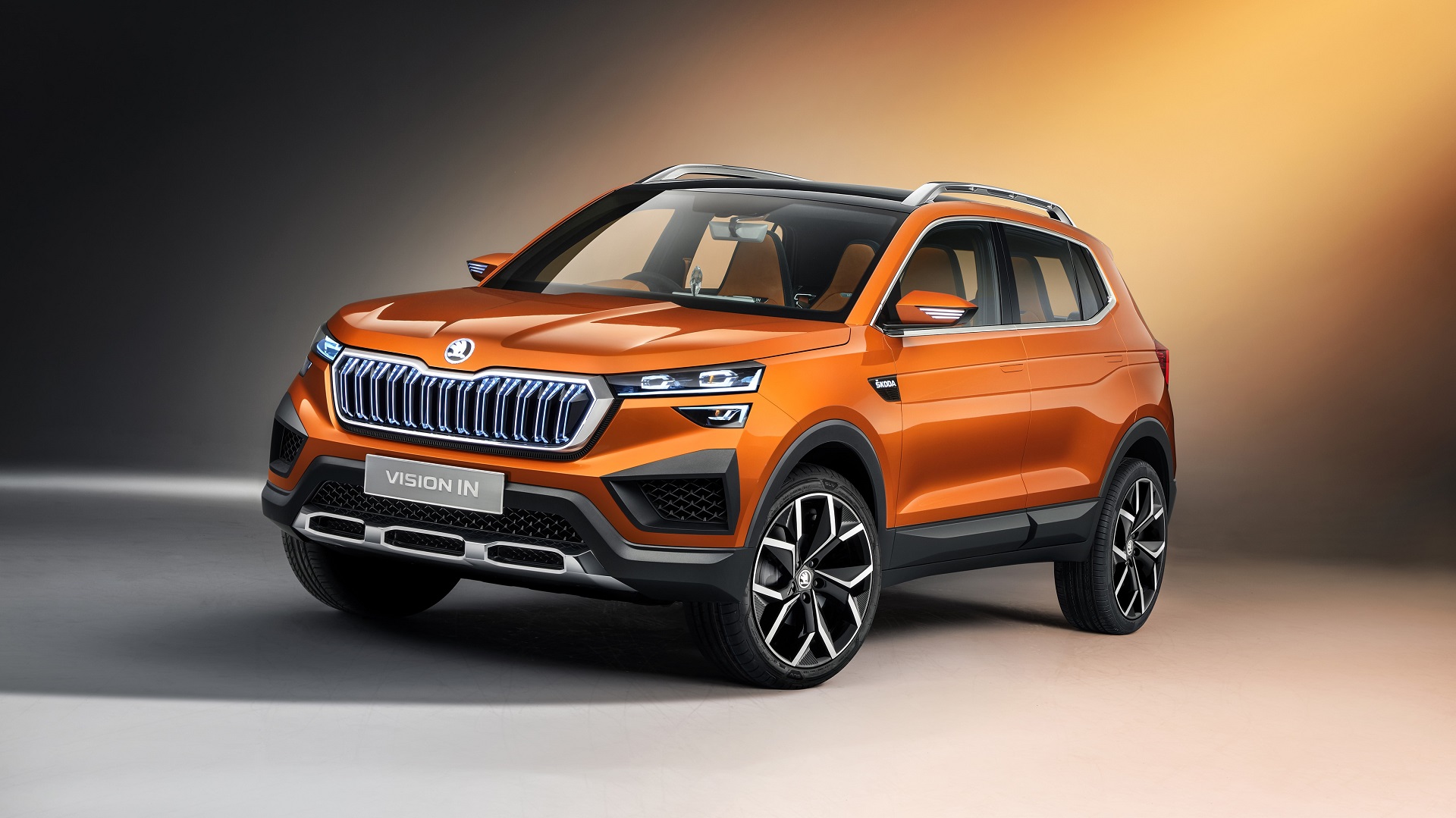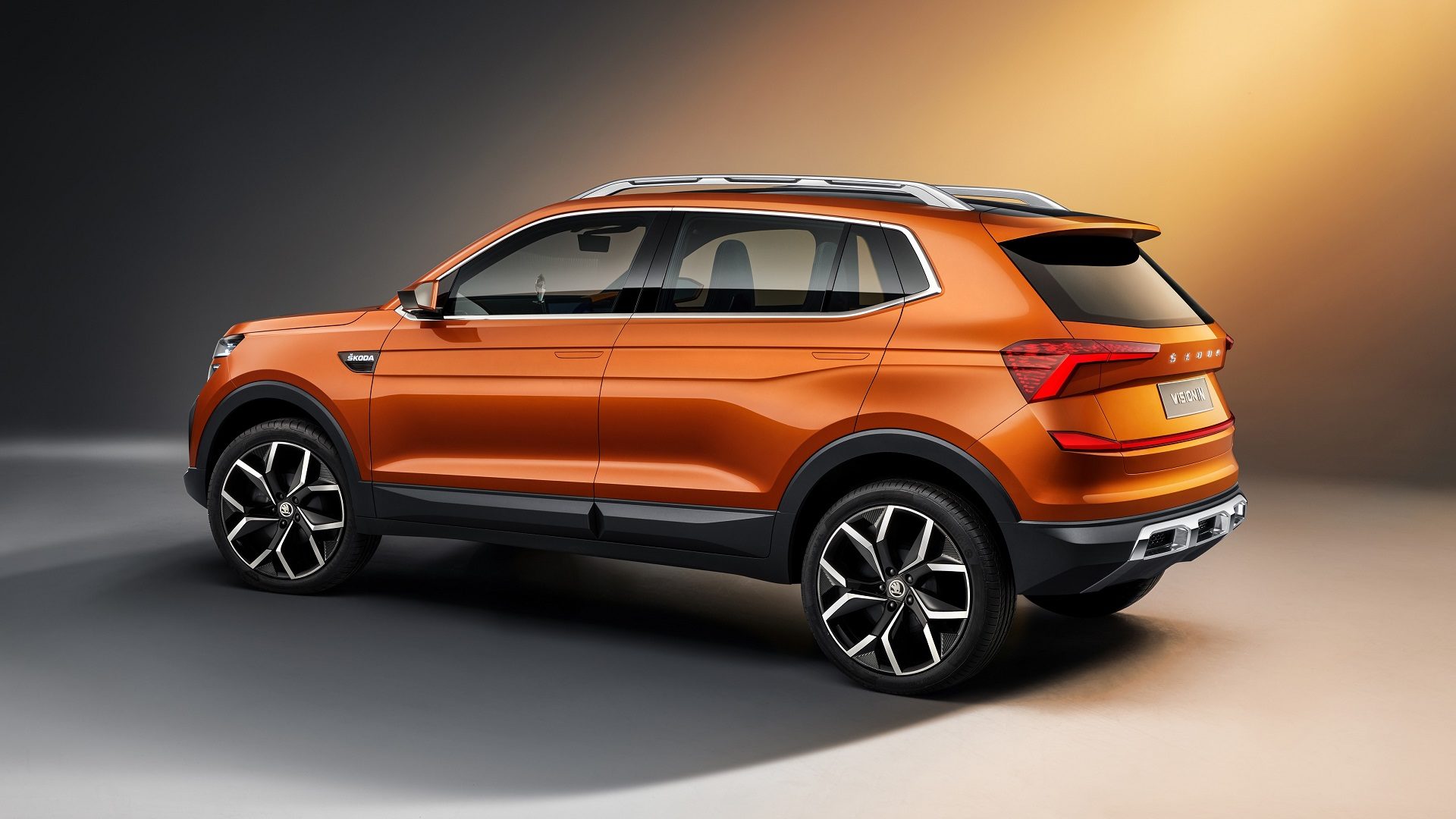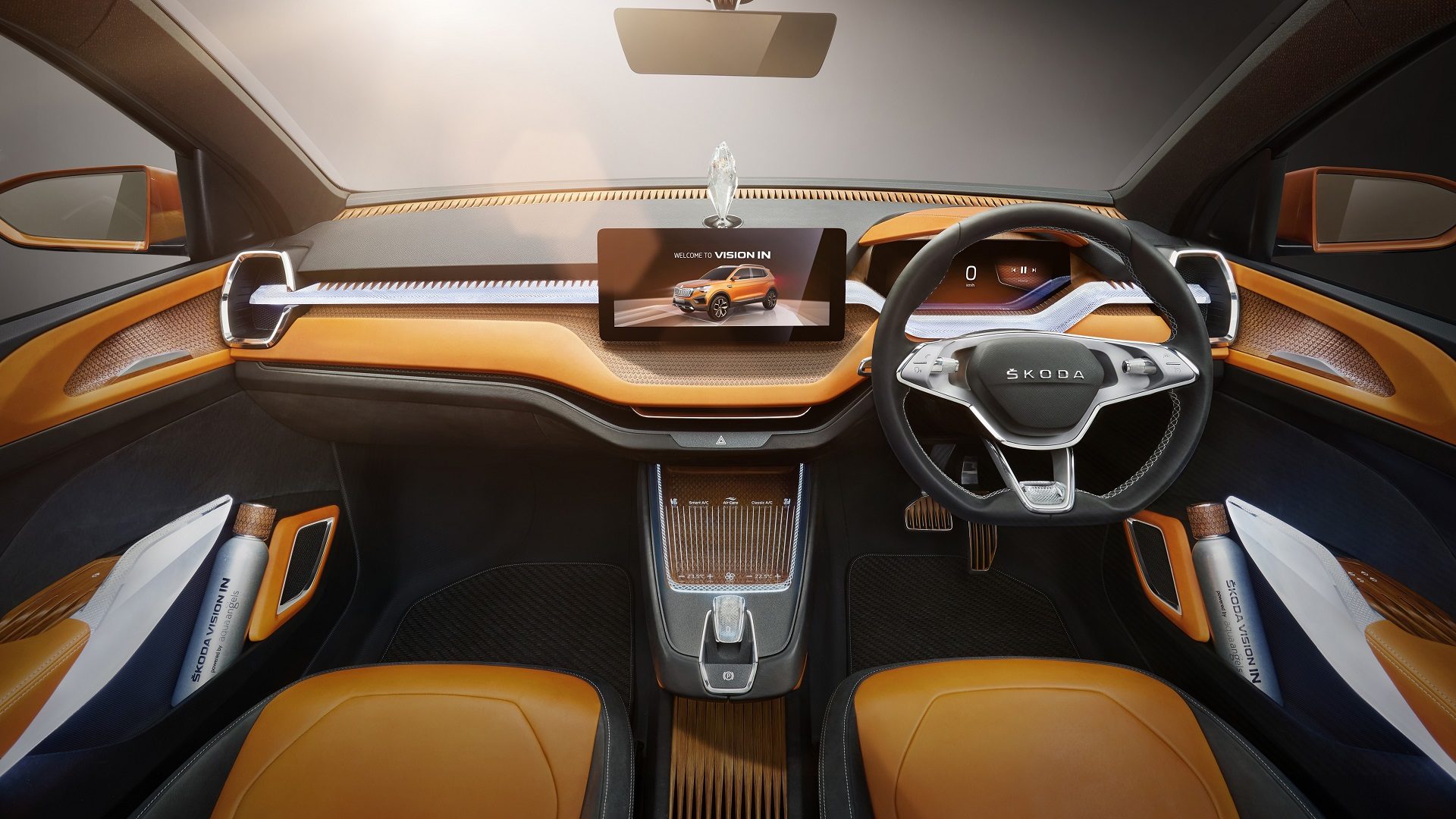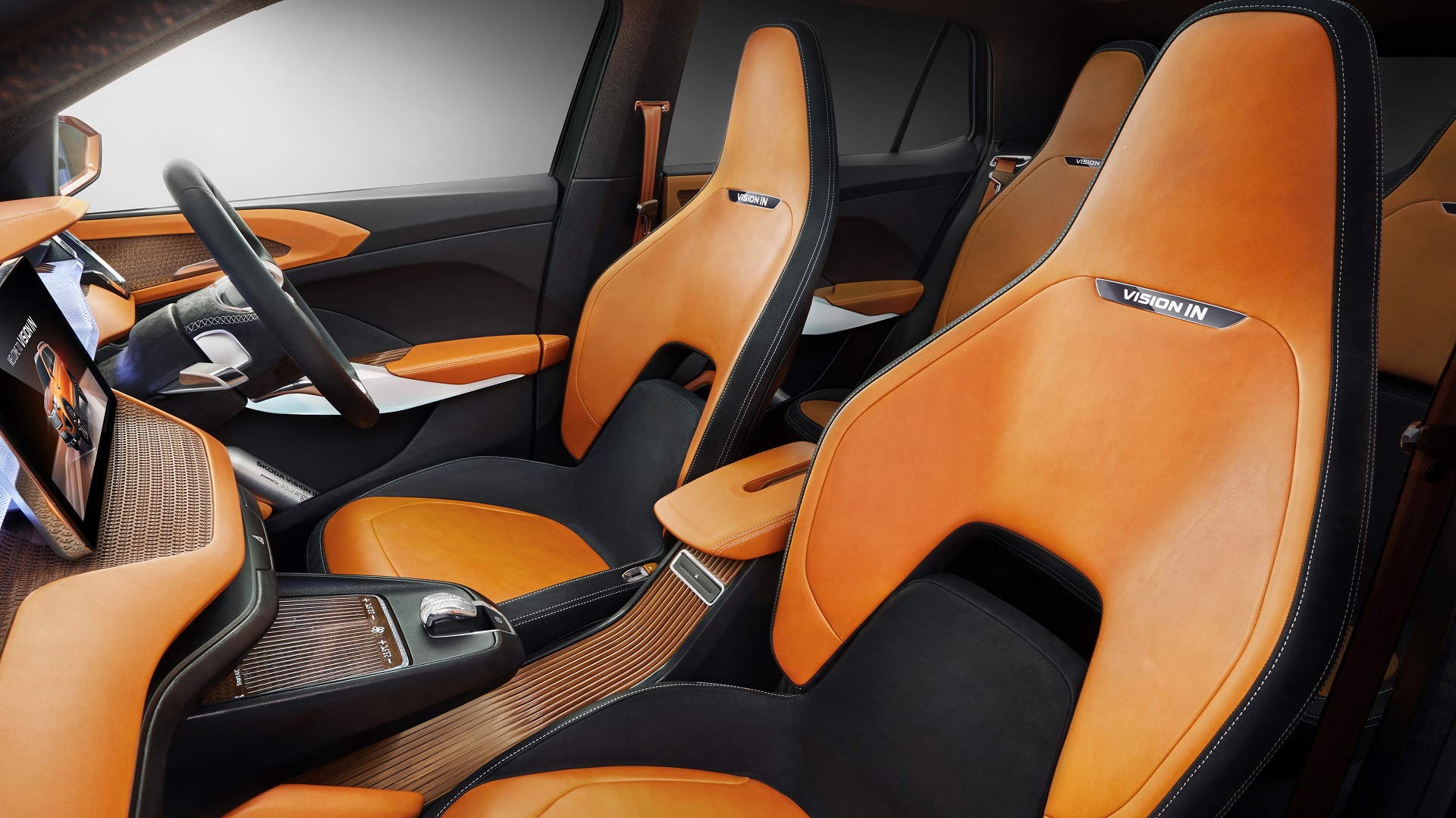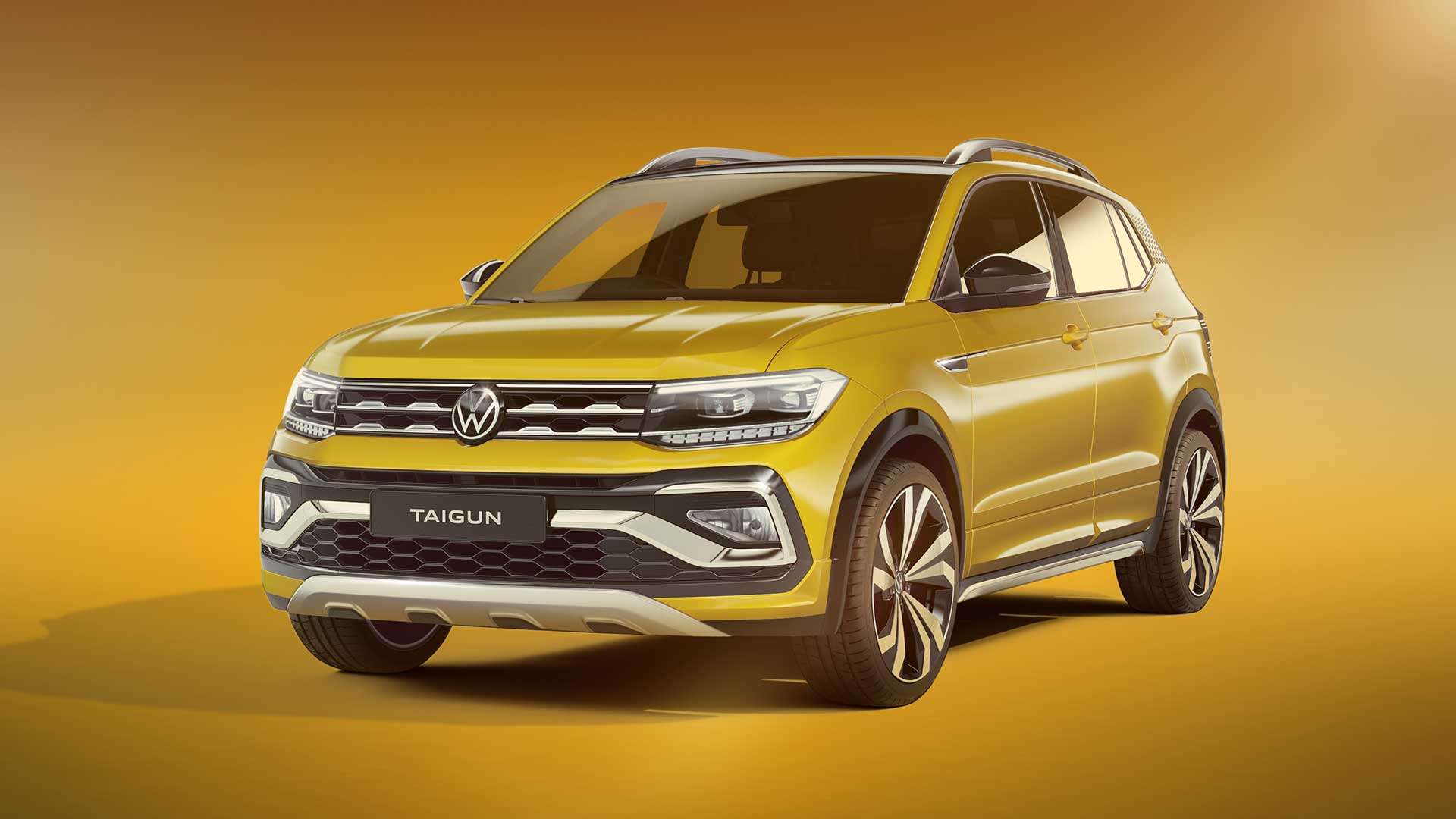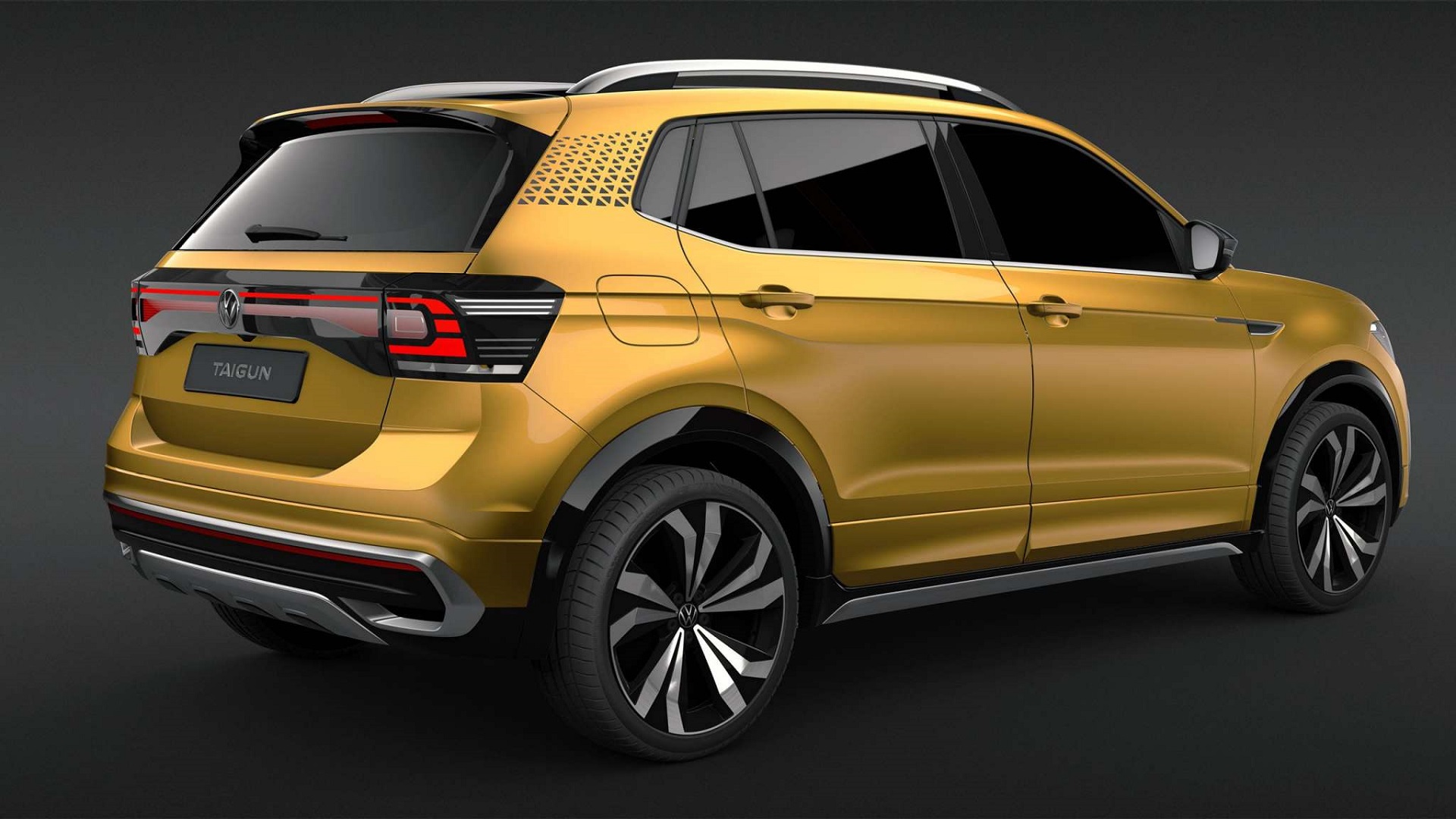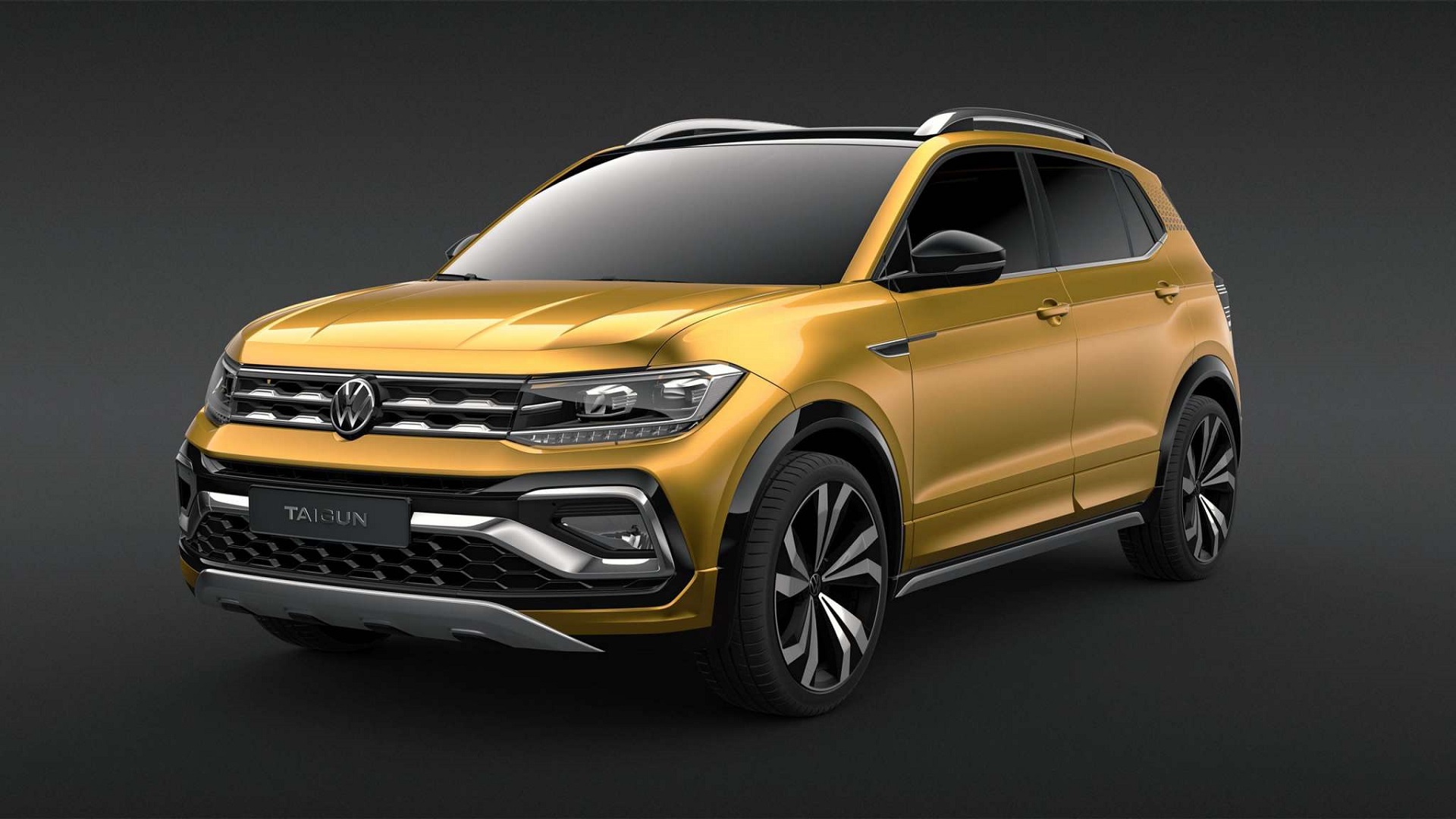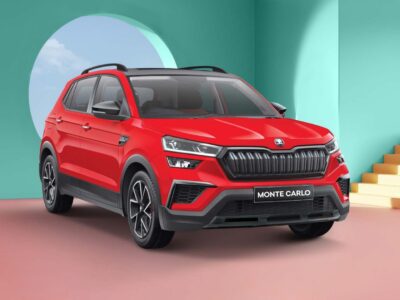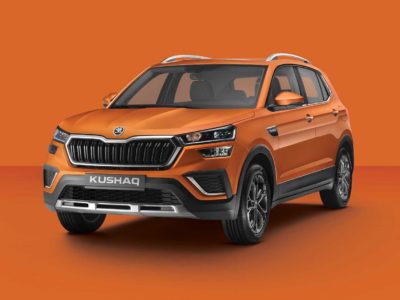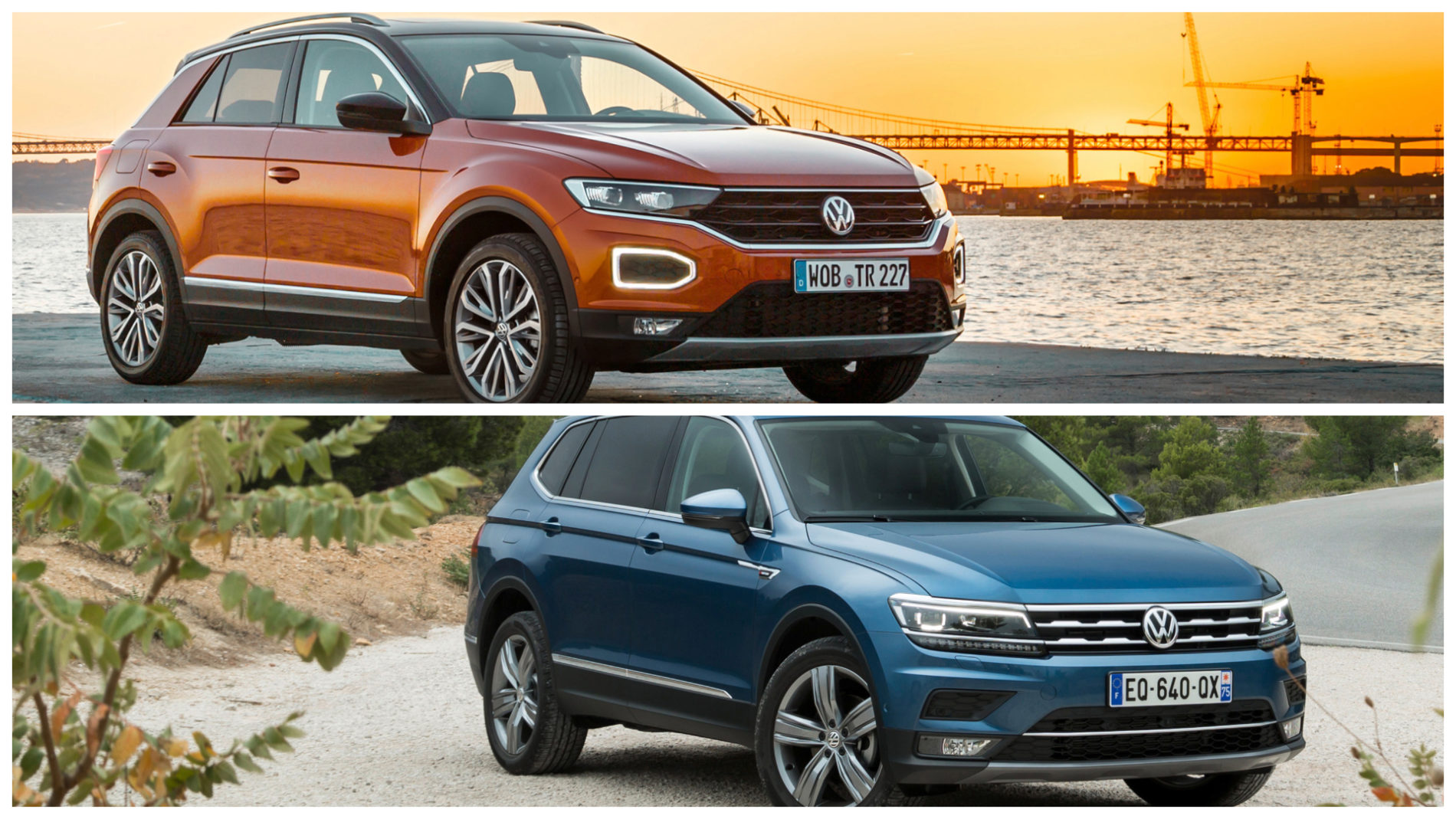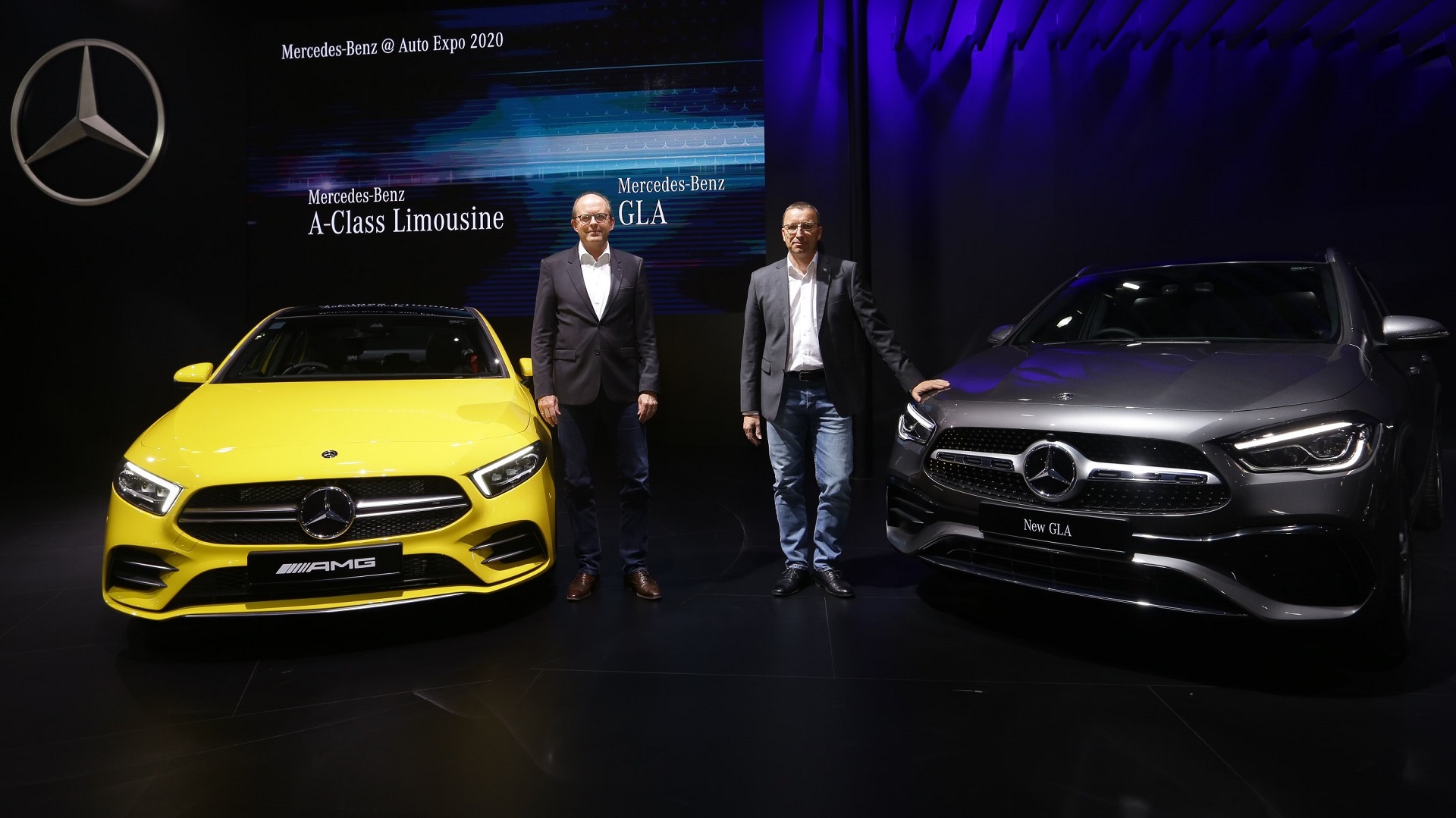Volkswagen AG’s plans under the India 2.0 project began unfolding officially back in June 2018. The aim was to carve out a strategy which would help the core Volkswagen brand and Skoda Auto to jointly capture a market share of 5 per cent by 2025. For this to take shape, Volkswagen AG sidelined 1 billion euros for investment in India. In addition to creating more cost-effective products, the funds would also help the brands expand their footprints and develop local research and development centres. And, most importantly, Skoda Auto would lead the way for the automotive group in India.
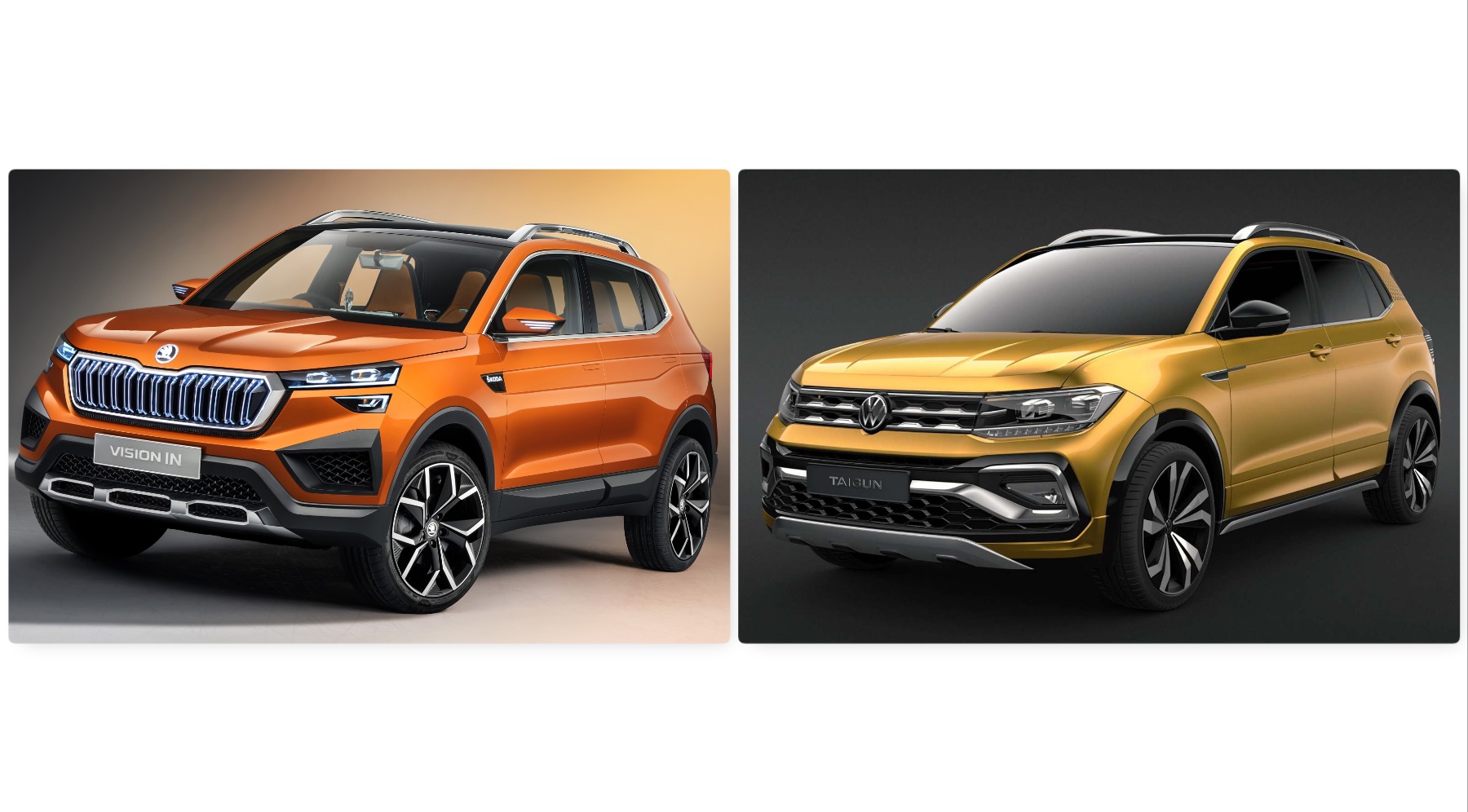
What you see here are the first set of products from those brands. Volkswagen has named their’s as Taigun, whereas Skoda has stuck with Vision IN nickname for now. So, why twins? They don’t look alike. But in the car world, they don’t have to on the outside or even indoors. What they share is the DNA. In other words, the MQB-A0-IN platform underpins both these compact SUVs. The said skeleton is tailor-made for India and offers a considerably longer wheelbase than the MQB-A0 present in Europe.
The similarity between the two SUVs here goes beyond the common platform. Both models, when they enter production, will house the same powertrain. That will comprise of a 1.5-litre TSI petrol engine and a 7-speed DSG. Neither of them will come with a diesel engine option. However, for those who put fuel-economy right up there in the most critical aspects, the SUVs could come with a factory-fitted CNG option. That will also fall in line with the Indian government’s push towards using alternative fuels for vehicles.
Dimensionally, there’s nothing to choose between the two. The twins stretch to over 4.2 metres in length and get a wheelbase measuring 2.65 metres. Compare the latter to their European counterparts (Volkswagen T-Cross and Skoda Kamiq), and the made-for-India SUVs come on top with 100mm more.
As far as performance and power/torque figures are concerned, they are yet to be confirmed. In Vision IN has a 1.5-litre TSI petrol engine which produces 148bhp/250Nm. As per Skoda, the concept vehicle can hit 100kmph from nothing in 8.7 seconds and top out at 195kmph. Those numbers will be different for the production-ready SUV. The Volkswagen Taigun, which is much closer to production form, gets a 0-100kmph sprint time of 9.9 seconds and a top speed of 183kmph. Reports suggest that the VW SUV could house a 130bhp, 1.5-litre TSI engine.
In terms of kit, both SUVs will pack enough to give the established competition a tough fight. The list of features could include a panoramic sunroof, LED-powered headlamps, DRLs and taillamps, big wheels (maybe up to 18 inches), a large touchscreen infotainment system with Apple CarPlay and Android Auto, connected-car tech, wireless mobile charger, automatic climate control and cruise control. Will they feature a digital instrument cluster as well? That would be great!
Fun Fact: Did you know that Volkswagen first used the Taigun nameplate for a sub-4 metre SUV concept? That broke cover at the 2014 Auto Expo.
Skoda says that it would put the Vision IN in production later this year and introduce it in the first half of 2021. The Taigun, on the other hand, will only see a market launch after Skoda’s SUV. Once launched, they will not only compete against each other but also with the Hyundai Creta, Kia Seltos, Nissan Kicks and the Renault Captur. Exciting times ahead? You bet!

